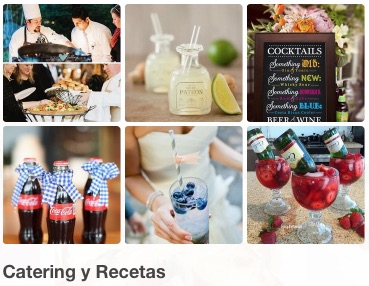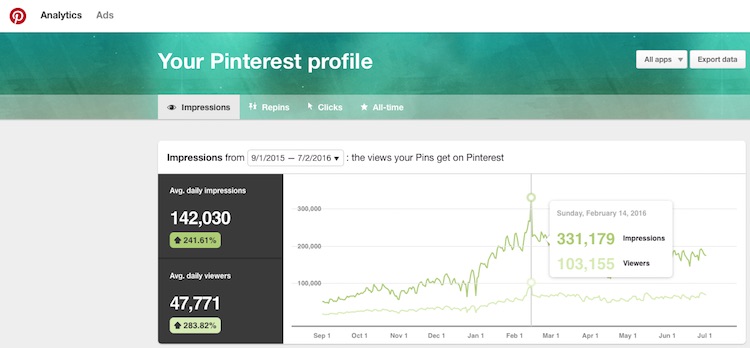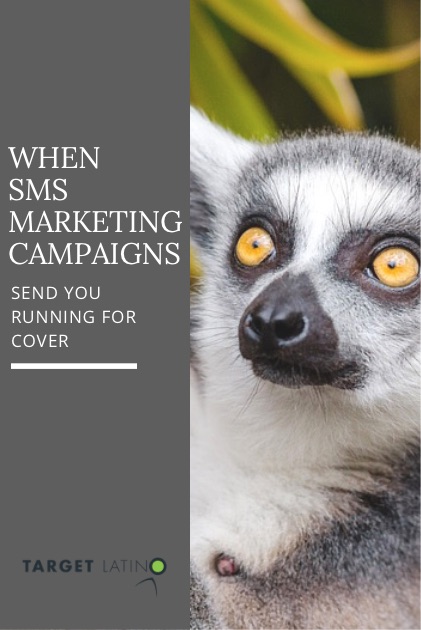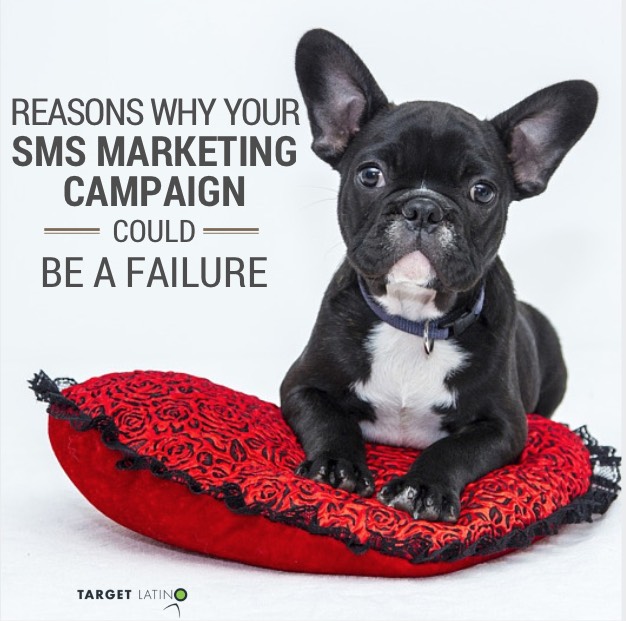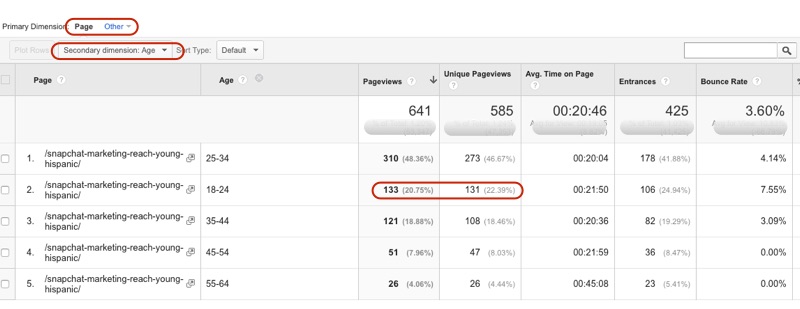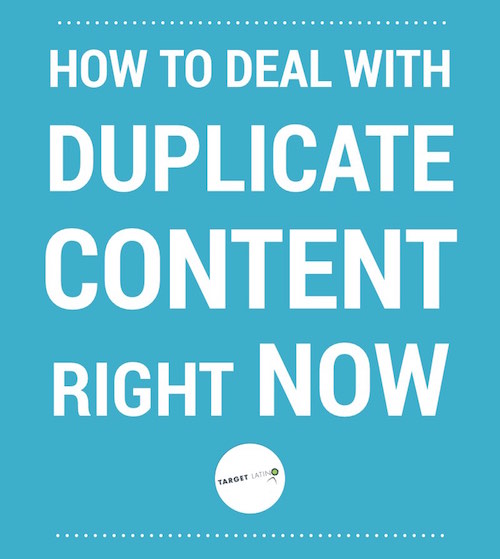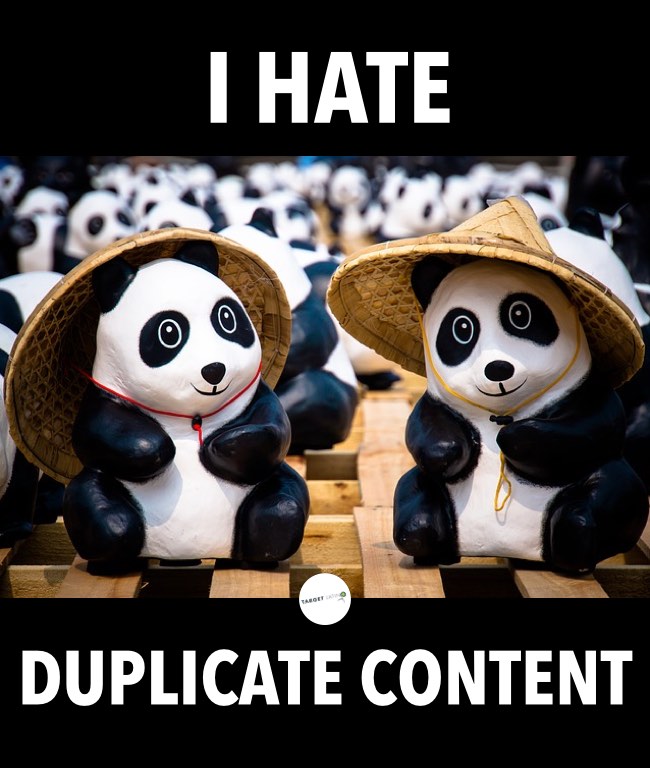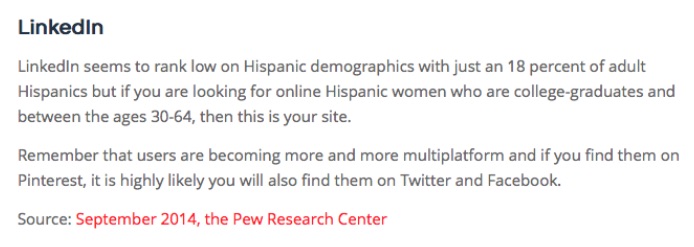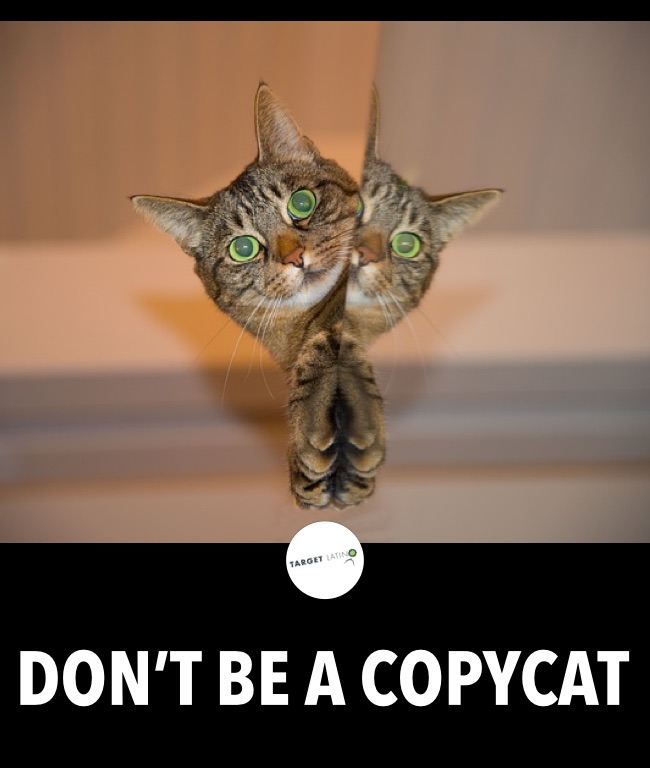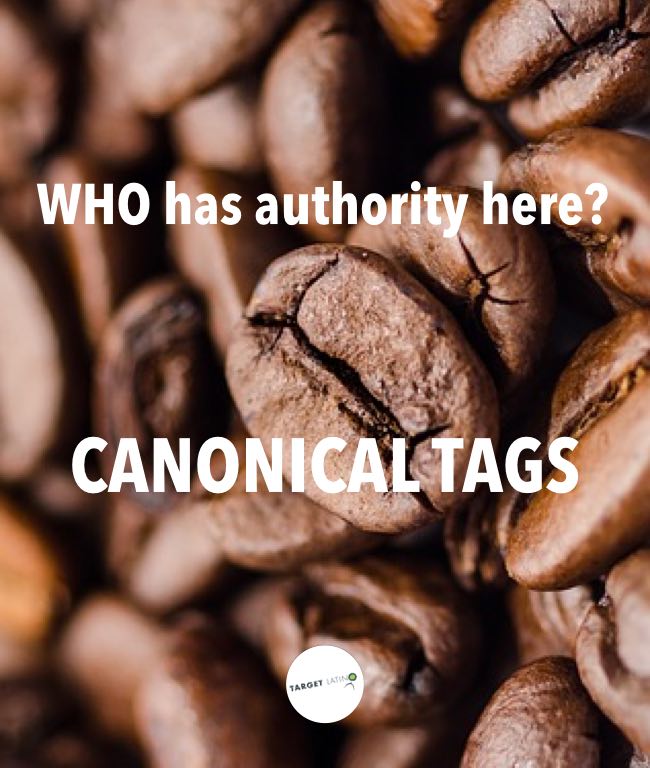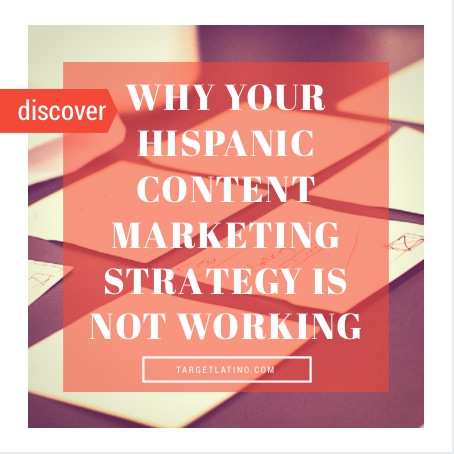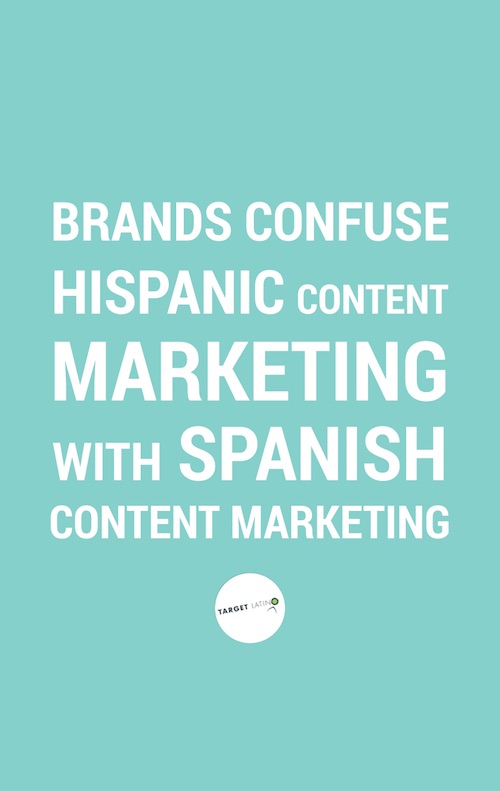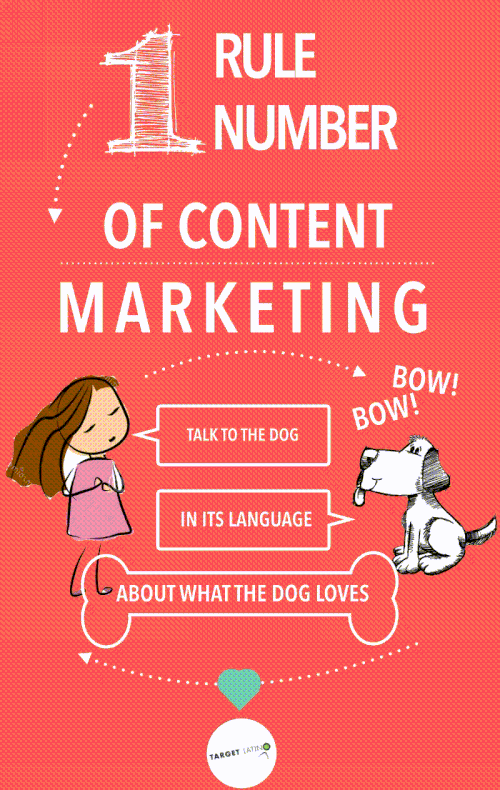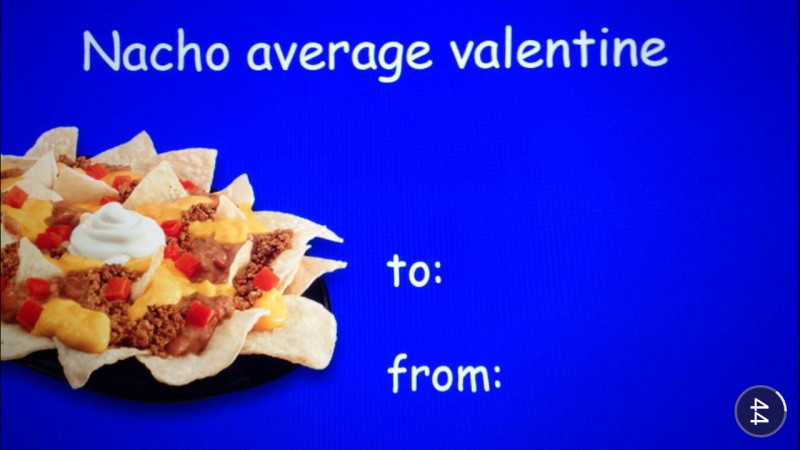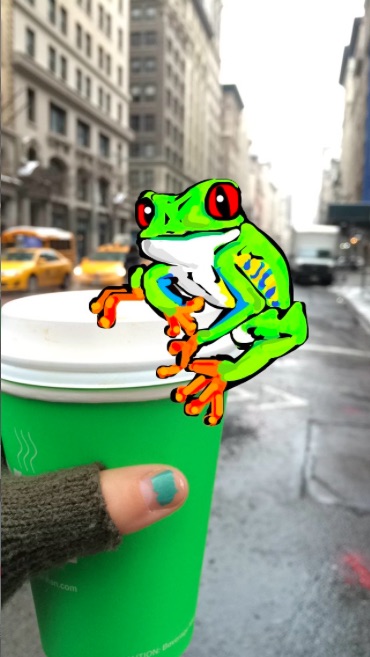How To Successfully Market to Latinos on Pinterest
If you are interested in discovering how to market to Latinos on Pinterest, read on. I am sharing some of my tips on successfully doing so.
One thing is to Pin in Spanish. Another one is to achieve your marketing goals for the Hispanic market. To successfully market to Latinos on Pinterest, this is what you need to understand. First and foremost, the platform’s nature, your audience and their needs, and your business/marketing goal. Finally, you need to be intentional, measure your efforts, learn from them, and adjust your Pinterest strategy accordingly. Let’s go over each of these items one by one.
Why Pinterest: Understanding the platform’s nature
Pinterest has created a platform that presents you with an outstanding opportunity: engage consumers who are actively looking to learn more, buy, try or use your product or service.
I am not saying Pinterest is for you. But I am definitely stating that you have to consider it, particularly if you are in ecommerce. Although, as I have already made clear on “Reverse Showrooming to the Power of Pinterest,” brick and mortar stores are not exempt from leveraging Pinterest’s tremendous traffic and sales driving power.
“64% of Active Pinners—and 85% of Daily Pinners—indicate they look at items they’ve pinned while they’re at a brick and mortar store, which is up significantly from 2014 (30%).“ – Ahalogy 2015 Pinterest Study
Since its launch, Pinterest has been a visual search engine and the first social commerce platform. On today’s online search and image-oriented world, disregarding a platform that enables you to visually engage with your audience and sell your products right on the spot, is a big mistake.
“Pinterest is more “search” than “social”. The Pinner experience is more geared towards personal content discovery than outward social expression.” – Ahalogy
Since January 2012, you have heard me rant and rave about Pinterest. I believe that Pinterest is NOT a social platform. It never was. I will recap now the reasons why I am such a believer in the Pinterest phenomena. At the same time, this will also help depict the platform’s true nature.
1User’s Intent
Why is user’s intent so important? You will spend less time converting a prospect into a client when their intent is to purchase what you offer. Therefore, people with an intent to buy have a higher likelihood of contributing to your bottom line sooner.
It’s easy to discern intent on potential customers who walk into your store. Maybe he wants to browse, maybe she wants to buy. You can observe behavior and body language to tell these intentions apart.
Understanding the platform’s nature means understanding what people do on Pinterest and why. We are aware that people don’t go to Facebook to shop. Facebook users want to interact with their friends making this platform a great place to generate awareness and/or feedback and reviews. Meanwhile, people go to Pinterest to search for what interests them. Their intent to is take action. Be this action to do or to buy now, to research to purchase later, or to save it for a rainy day.
2Platform “freebies”
Unlike other platforms where brands have to pay for play, one of the freebies Pinterest provides brands with, are Product Pins (Buyable Pins are also free.) Not only because they pull the information directly from your website markup for its creation, but because when the product price drops by 15% or more, Pinterest will notify the interested pinners via email of the drop in price. For free. Allowing you to reach people you didn’t even know were interested in your products. Not bad, huh?
3Platform paid tools
Pinterest promoted Pins have gotten even more targeted. In addition to targeting Promoted Pins based on Pinners’ interests, search keywords, device, and location, among other variables, brands can also target their Promoted Pins using their own business data. Brands can merge what they know about their customers with what Pinterest knows about their audience. So the next time the customer who bought the brand’s fashionable red lipstick browses Pinterest, brands can show them another lipstick or gloss from their latest product line.
4Pinterest user’s actions by the numbers
Pinners’ actions run the gamut. They go from trying a new recipe or craft of any kind to purchasing a product at a retail store. From planning an event to planning their next vacation. And because of this, they tend not to follow celebrities but brands!
Yes, you heard me right, 83% of active pinners would rather follow their favorite brand than their favorite celebrity. Furthermore, 70% of them would rather get tips and ideas directly from their favorite brand of hair care products than from their favorite celeb hair stylist. And the list goes on.
“87% of Pinners have bought a product after seeing it on the platform.” – Ahalogy
But don’t go a’pinning a’crazy yet. To achieve its goals, brands must be smart about what and how they Pin. And, of course, understand its audience.
Latinos on Pinterest: The Market Opportunity
Just like IRL, Hispanics are everywhere. Pinterest is no exception. According to Ahalogy’s research: “Hispanic [audience] is also growing—now at 9%, up about 6 percentage points from 2014. More than half of all Hispanic Pinners have joined Pinterest in the past year, and 11% of Active Pinners and 14% of Daily Pinners are Hispanic.“
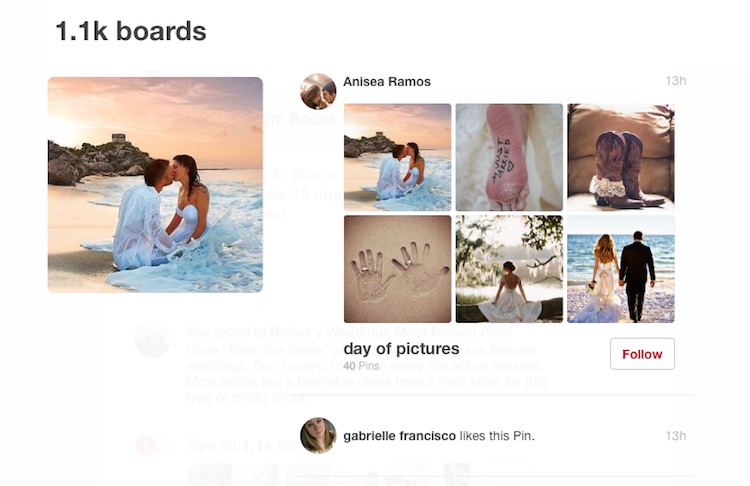
Hispanics look at Pinterest for guidance on trends, styles, and new things to try, especially if related to Hair & Beauty, Women’s Fashion, Gifts and Photography.
And just like IRL, there is always an undercount. Why? Because Hispanics – and millennials in particular, who may be calling themselves monikers such as, “China Latinas” or “Blaxicans” – may not identify so clearly as Latinos. By the same token, the number Pinners with large families (5 or more people) has grown on Pinterest. This correlates with the typically larger Hispanic household. Also, active pinners are early adopters, trend-setters and significantly more likely than regular consumers to own and use mobile devices. All of these statistics correlate with the profile of Latinos online.
So let’s say that 11% of active pinners are Hispanic. By 2017, the visual sharing platform is projected to reach 58.5 million monthly active users in the United States. If we do the math, 6.5 million monthly users is a pretty attractive piece of the Pinterest pie, as you would be reaching around 12% of the total U.S. Hispanic population.
Did you know that Pinterest has more self-identified Hispanics than African Americans? And that 20% of active pinners live alone, a slightly higher percentage than the previous year? More millennials anyone? 😉
Furthermore, Millennials and Gen-Z being the most racially diverse generations as of yet, and with 79% of millennials saying that “Pinterest is a guide to life and a place to teach me how to do things,” the Pinterest market opportunity just became even larger.
Hispanics on Pinterest Behavior Analysis
- According to Ahalogy’s study, Hispanics who are extremely active on Pinterest are also extremely active on Facebook and spend an average of 36 minutes per visit on each platform. They also log into Instagram but spend less time on it.
- Hispanics look at Pinterest for guidance on trends, styles, and new things to try, especially if related to Hair & Beauty, Women’s Fashion, Gifts and Photography.
- Did you think could reach these Hispanic pinners via magazines and newspapers? Think again. Only 39% of them read magazines, 32% read newspapers versus 48% and 41% for non-Hispanic pinners, respectively. They do check email and search online more frequently than their non-Hispanic counterpart.
- About half of Hispanics surveyed, indicated that their Pinterest usage has increased in the past year and more than 50% of Hispanics shared that they had purchased something because they saw it on Pinterest. As a matter of fact, active Hispanic pinners are more likely than Active Female pinners to pin content from other sites and make purchases related to pins.
- 56% of Hispanic pinners shop online while only 43% of non-Hispanic pinners do so. Therefore, if you thought non-Hispanic pinners were a prime candidate for your Buyable Pins, how about increasing your conversion rates and revenues by targeting Hispanics on Pinterest?
- Only 21% of Hispanic Active Pinners don’t like seeing Promoted Pins, down from 25% in 2014. This is a trend that will more than likely continue.
- After seeing Promoted Pins, Hispanic Pinners are more likely than non-Hispanic pinners to make purchases in the following categories: Make-up and skin care products, Hair care products, Baby/children’s care products/toys, Nail products/nail art, Household cleaning and maintenance products, and Recipes.
From personal observation and my own professional experience, Promoted Pins fare better amongst the Hispanic community on Pinterest than Buyable Pins. This could be probably due to the fact that Promoted Pins provide with a less pushy or sales-y experience than Buyable Pins.
How to Successfully Market To Latinos on Pinterest
1First, develop a Pinterest strategy that is in alignment with your business and marketing strategy and define your Key Performance Indicators (KPIs) you will use to measure success. Every company has to have their own (and not copycat somebody else’s) Pinterest strategy before starting to execute it.
2Leverage intent. Hispanics are on Facebook but so is everybody else. The importance of marketing on Pinterest is to leverage intent. While on Facebook, people’s intent is to socialize, on Pinterest, the intent is to take action. This action could be to research, to do or to buy. Notice the similarities with search?
3Leverage platform’s behavior. If you Pin without understanding the platform or your audience needs, and believe that it’s just about uploading images, your Pinterest strategy will fail. Think about Pinterest more as a search engine because it actually IS a visual search platform, and not a social network.
“About half of the Active Pinners who have noticed Promoted Pins on Pinterest have clicked on them to get more information. More than 40% have made a purchase, suggesting Promoted Pins inspire future action.” – Ahalogy
4Make it aspirational. Remember the aspirational aspect of Pinterest when creating images. The Litmus test: does it make YOU want it so badly your knees are shaking just by looking at the photo?
5Apply SEO and content marketing principles to your Pins. A pin has staying power, just like evergreen content, because it is evergreen content. On Twitter, if you didn’t see right away it is lost forever in a matter of hours. The same applies to Facebook with a longer timespan. Snapchat shortens these times to the max and you only have a few seconds to see the content. Pins are indexed by Pinterest and by Search Engines alike. I can assure you, you will continue to receive traffic from Pinterest years after it has been added to your boards. Therefore, optimize your boards and your Pins for search. And please, no #hashtags unless you want to be seen as a spammer.
6Collaborate and Repin. It’s not just about your brand. Allow others to collaborate on Group boards. Humanize your brand. Show that your brand has other interests. Reap the rewards.
What aspects of the Latino culture need to be taken into account?
A large percentage of U.S.-born Latinos, just by the mere fact that they were born in the USA, are English-dominant. Another large percentage of the U.S. Hispanic population is bilingual and bicultural through the process of acculturation and retro-acculturation. Therefore, it’s not about the language (especially with such a highly visual platform) but about the culture.
Proof of this, is the success I had on Pinterest (measured by the targeted traffic drawn to the site) with quotes in English on the image and a Spanish description of the quote and vice-versa. Analyzing the people who pinned these images one quickly notices that the majority are U.S. Hispanics.
Definition of culture: a mental roadmap that guides people’s behaviors and responses.
It is also important to understand all the various cultural aspects that make up the Hispanic market – it’s not monolithic, for example Cuban-Americans have different interests and values than do Mexican-Americans. You cannot go after the Hispanic market with pictures of Latino cuisine and believe that it will appeal to all Latinos. Think about it, you don’t go after the general market with pictures of apple pie and hamburgers. That’s stereotyping.
Here is an example of cultural differences and how to make them play to your favor. I have noticed a strong correlation between culture research and Pin success in attracting the desired segment of the Latino market when Pinning for one of my clients, a publisher on the wedding industry. Less acculturated Hispanics will demonstrate more interest on banquet halls and their decor as well as on evening weddings. Meanwhile, more acculturated Hispanics find daytime weddings more appealing. Culture research findings and their pinning behavior match.
Use insights to guide your content and your Pinterest strategy just like you do with your Search Engine Optimization (SEO.)
How to Market to Latinos on Pinterest: Measuring success
First define what you consider to be your Pinterest success metrics. Pick from metrics such as, revenue increase, traffic to your website, traffic to retail stores and engagement.
The next step is to know where to obtain these numbers. Pinterest analytics is a great source of information on your audience and engagement metrics. They will also help you identify those pins that have the highest conversion rates.
Google Analytics is my next source of information. It allows me to look into my pinners demographics by analyzing language, geo, interests and behavior of these Pinners on my client sites.
A Few Words of Thanks
I’d like to profusely thank both Ahalogy and ViralTag for being so supportive of Target Latino and me.
Thank you Ahalogy for sharing your study with us, I hope I did honor your effort and your tremendous interest in helping brands market to Latinos on Pinterest.
Thank you to the ViralTag team because they asked me to podcast my knowledge of how to successfully market to Latinos on Pinterest. And here is the link to the podcast, if you’d like to listen to it. Thank you, Jilly Badanes.
Do not wait to market to Latinos on Pinterest!
Last but not least, one additional tip on interpreting Pinterest results: Always consider the whole story and not just one Pin who did or did not go viral.
And finally, Pinterest actually leads all other information sources (search, social media, other websites, magazines, or word of mouth) in the following categories: Design, DIY & Crafts, Food & Drink, Gardening, Gifts, Hair & Beauty, Home Décor, Photography, Tattoos, Weddings, and Women’s Fashion. Don’t miss out!! 🙂
I sincerely hope this helps your brand successfully market to Latinos on Pinterest. Feel free to leave me a comment with your thoughts and/or questions and you can rest assured I will personally reply.
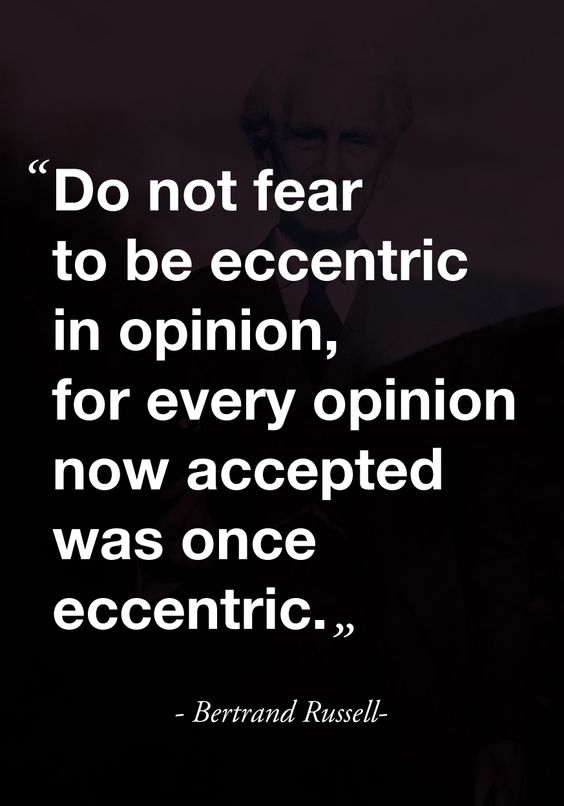
Do not fear to be eccentric in opinion for every opinion now accepted was once eccentric. -Bertrand Russel Quote on following your own path.





